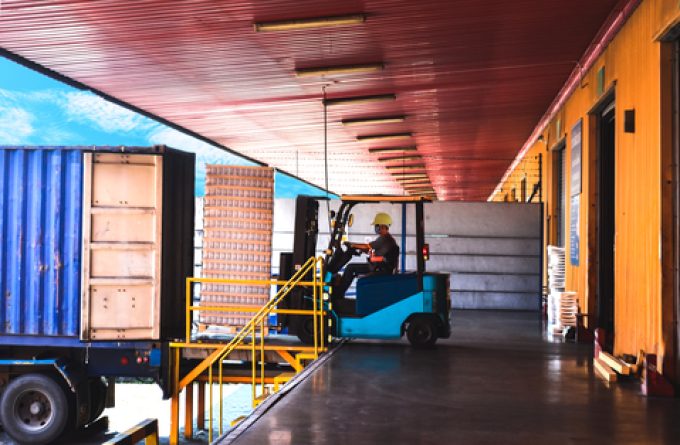Liners plan more rate hikes to halt renewed container spot rates decline
After last week’s hiatus, container spot freight rates on the Asia-Europe trades resumed their downward ...

Rapidly increasing spot freight rates are diverging further from contract rates, imitating the pattern seen during the pandemic, leaving large shippers in a better position than SMEs and freight forwarders, according to freight rate benchmarking platform Xeneta.
Xeneta market analyst Emily Stausboll said: “Some of our customers are saying this brings back pandemic memories, and there are very few that have pleasant memories from that time.”
In yesterday’s ocean freight webinar, Xeneta presented a comparison of Asia-Mediterranean spot rates at 1 ...
Volcanic disruption at Anchorage could hit transpacific airfreight operations
Macron calls for ‘suspension’ – CMA CGM's $20bn US investment in doubt
Forwarders stay cool as US 'liberation day' tariffs threaten 'global trade war'
De minimis exemption on shipments from China to the US will end in May
Shippers snap up airfreight capacity to US ahead of tariff deadline
Tighter EU import requirements proving 'a challenge' for forwarders
Looming Trump tariffs will create 'a bureaucratic monster' for Customs

Comment on this article